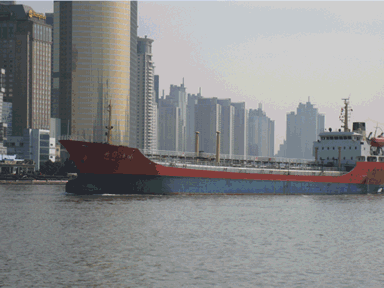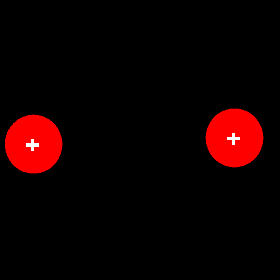Types of forces.
There are many different types of forces. We will discuss a few in this section.
Archimedes was a Greek philosopher, who in the third century discovered the relationship between buoyancy and displaced liquid. He stated this relationship as follows:

An immersed object is pushed up by a force equal to the weight of the fluid it displaces.
This force is known as the buoyant force.
This relationship
is now known as Archimede's principle.
Click for more information on buoyancy.

Friction is a force that opposes motion. It occurs when two surfaces in contact try to move past each other.
The strength of frictional forces depends on the type of surface and the force pushing the two surfaces together.
A tram moves along due to strong frictional forces acting between the metal wheels and the tracks.


Magnetic forces exist between two magnetic objects. The strength of these forces depends on the strength of the magnets and the distance between them. Magnets have two ends, a north and a south. Repulsion occurs when similar ends comes close together while opposite ends attract.
Consider the video on the right.
Why must the magnets come close before
they repel?
Do these two magnets have similar polarity or opposite? Explain
These magnets most likely have which ends interacting

Electrostatic forces exist between charged objects. The strength of these forces depends on the size of the charges involved and the distance between them. Similar charges repel each other while opposite charges attract.
You can see electrostatic forces in action. Rub a balloon against the carpet and try to pick up bits of paper. You can use the balloon to attract a small column of water, as shown on the left.
Consider the video on the left
Does water contain charged particles? How can you tell?
Another great trick is to place a number of tissues on top of a static electricity generator called a Van de Graaff generator.
Explain why the tissues fly off the generator.
Is this an example of electrostatic forces at work?
The tissues look as if they repel each other. Can you explain how this comes about?